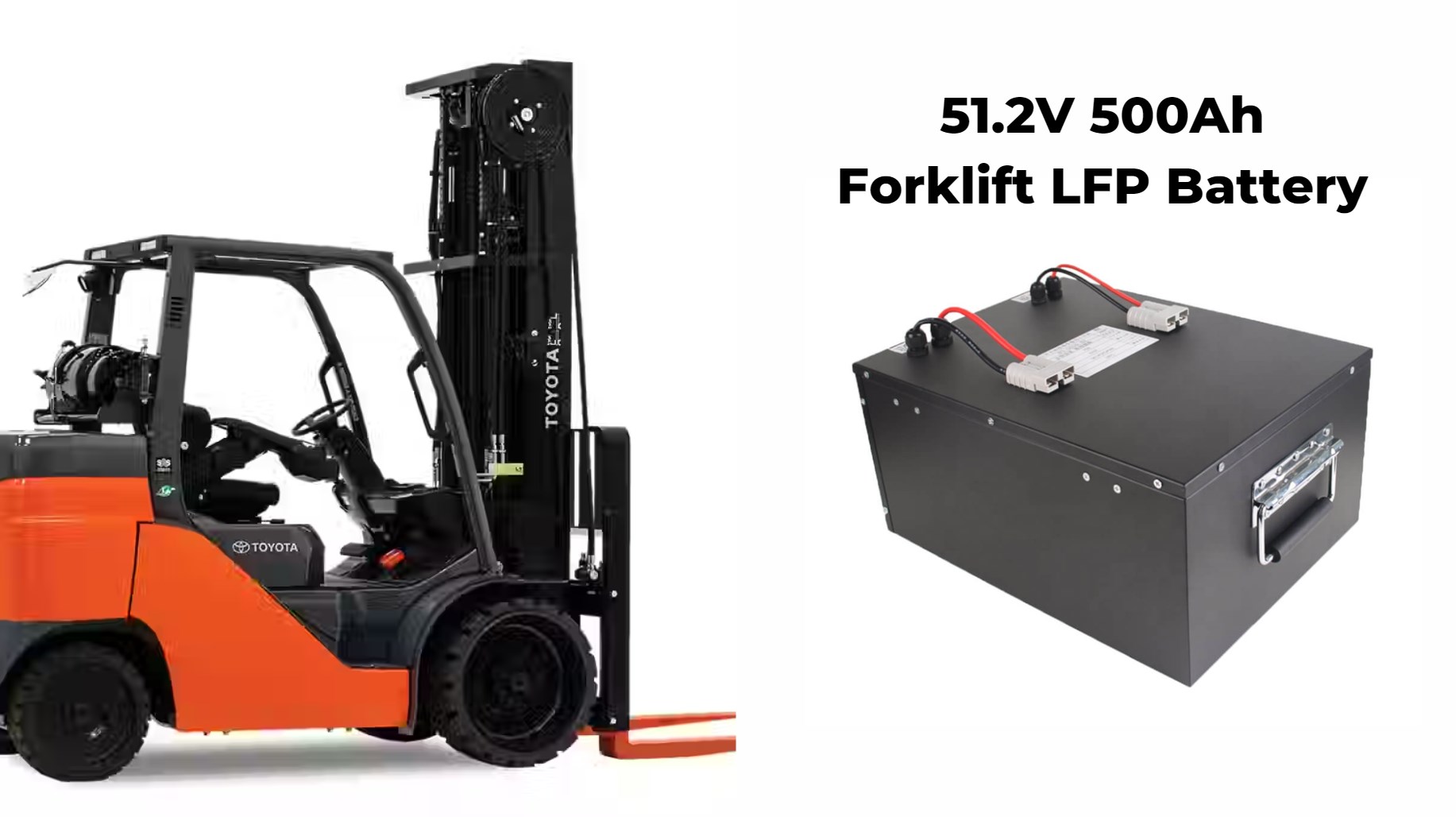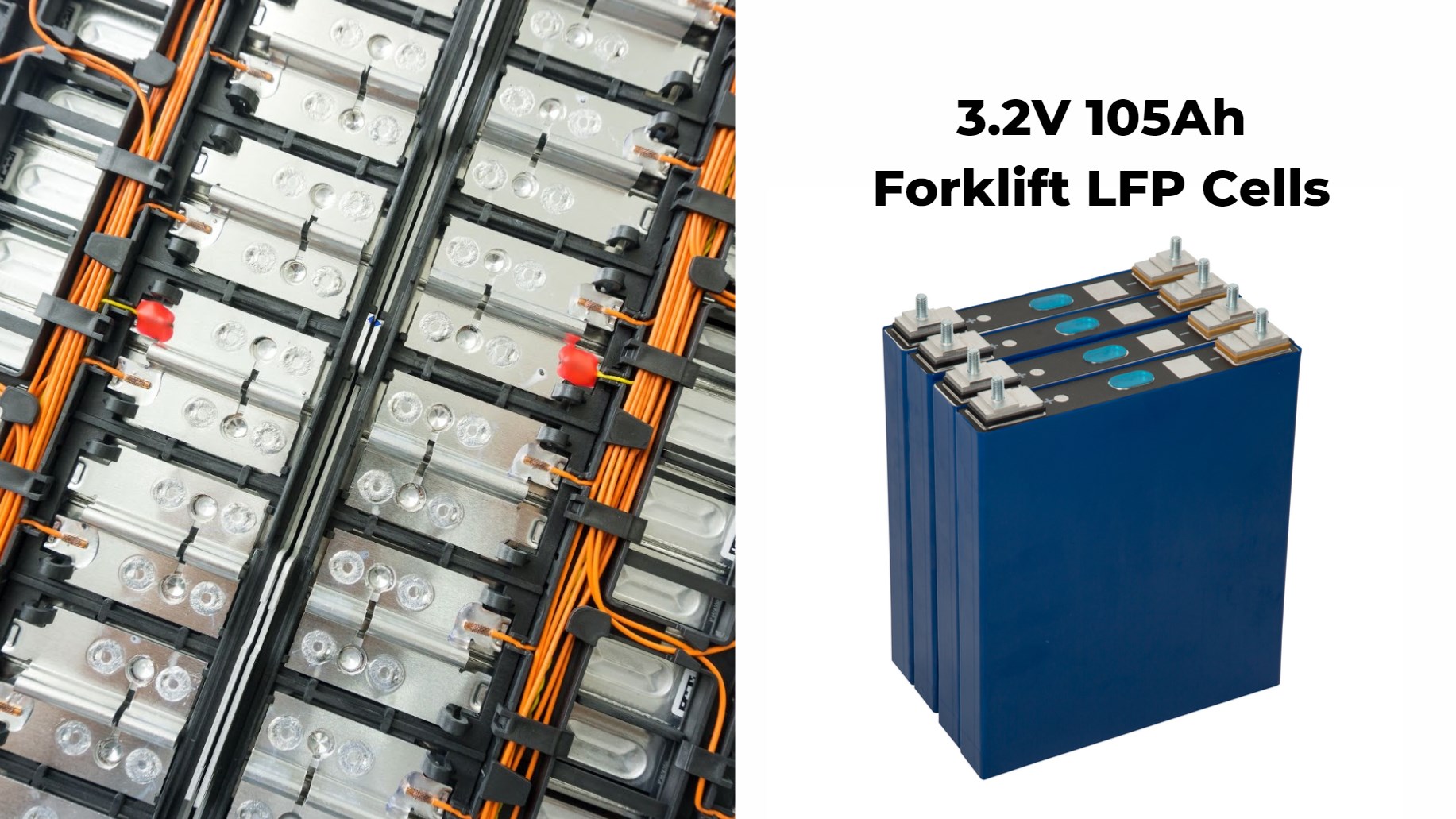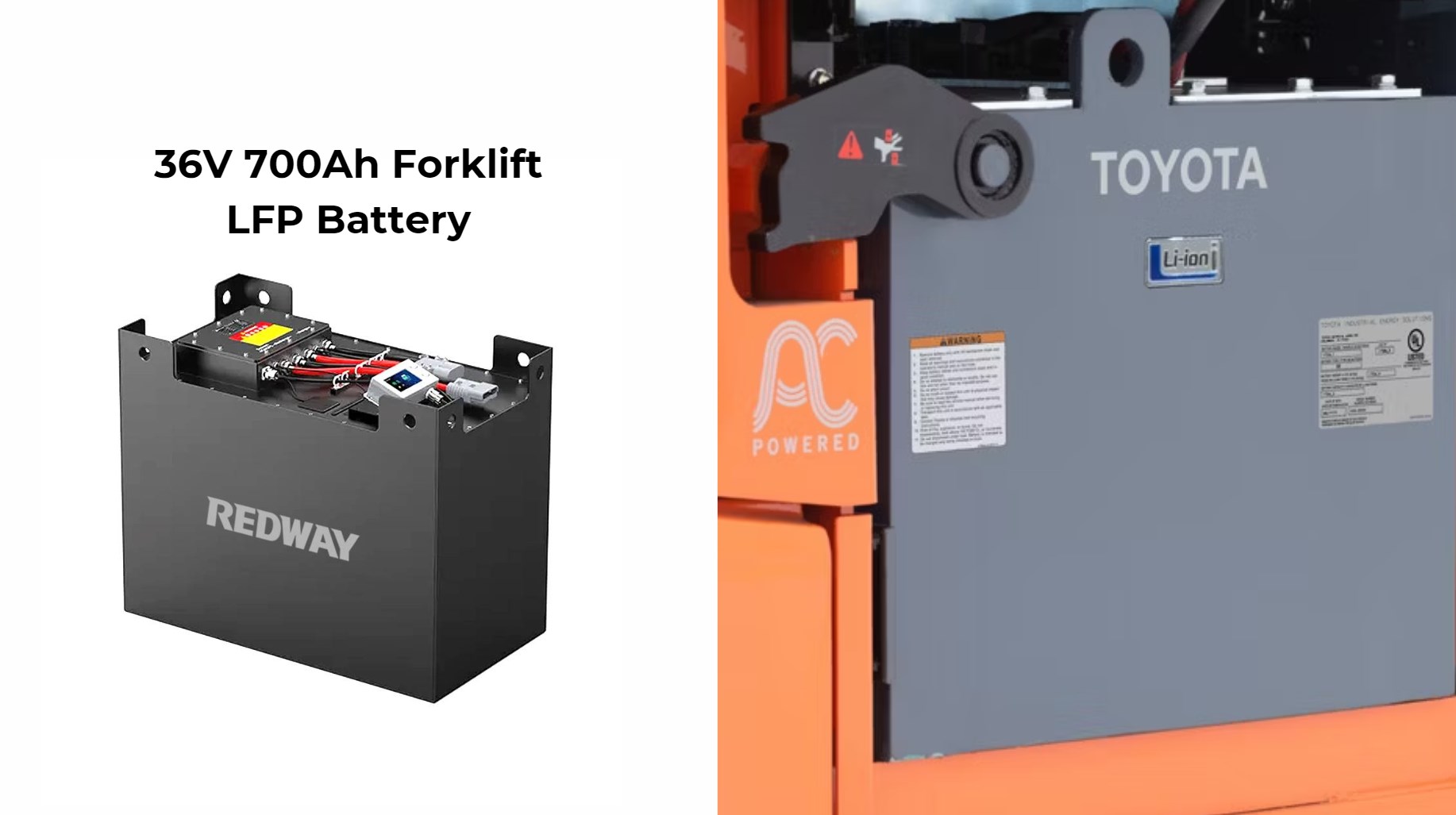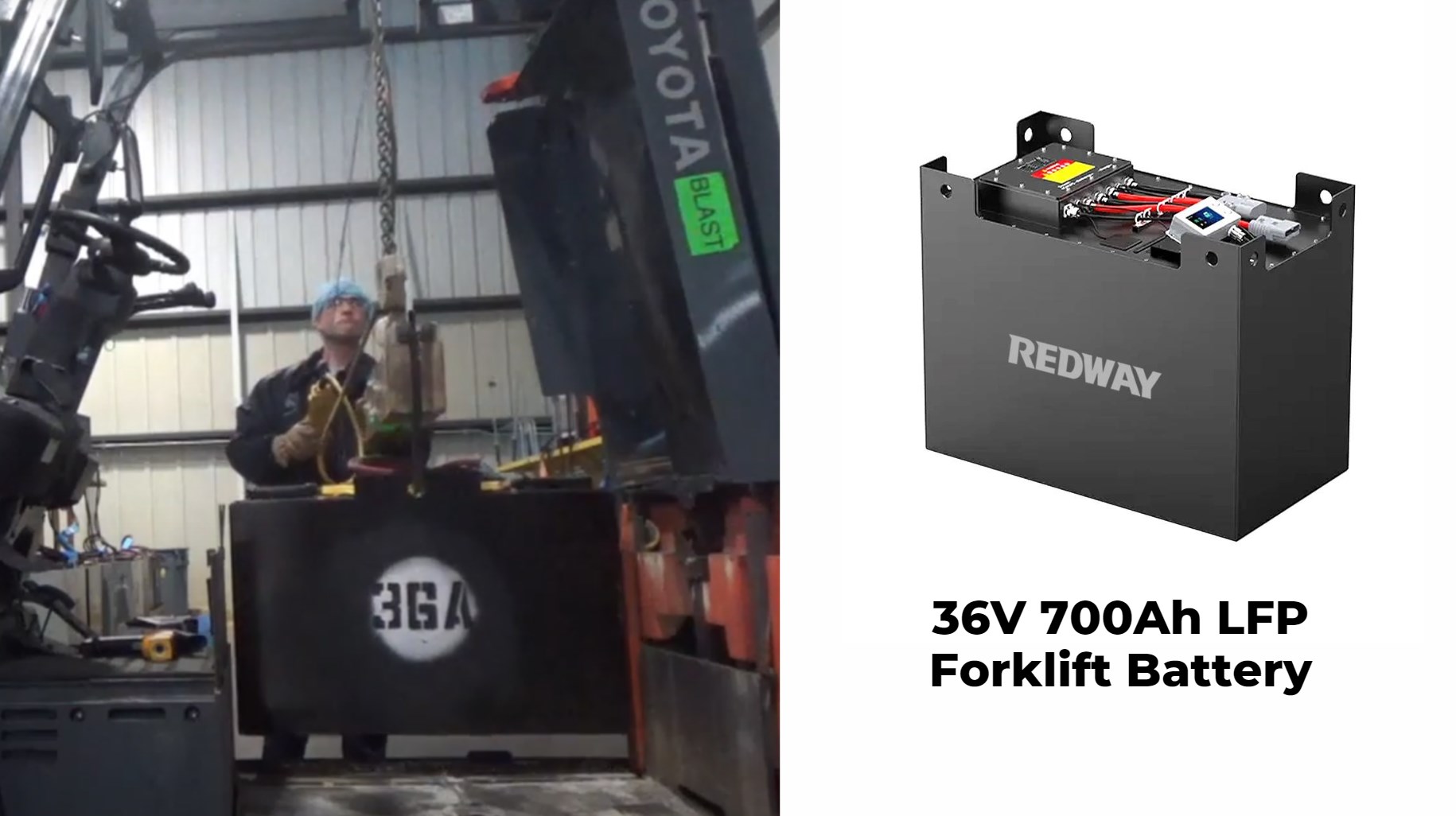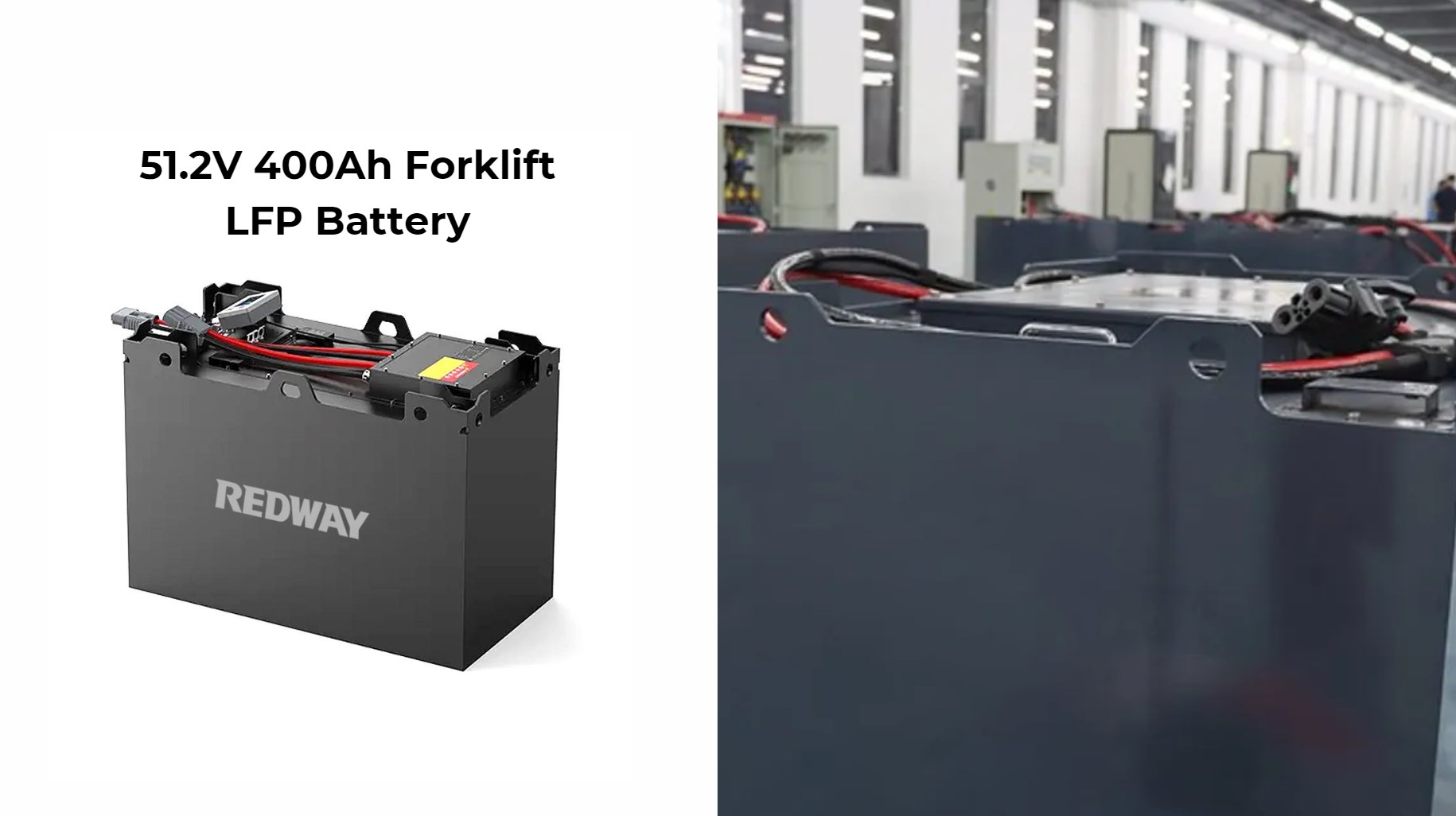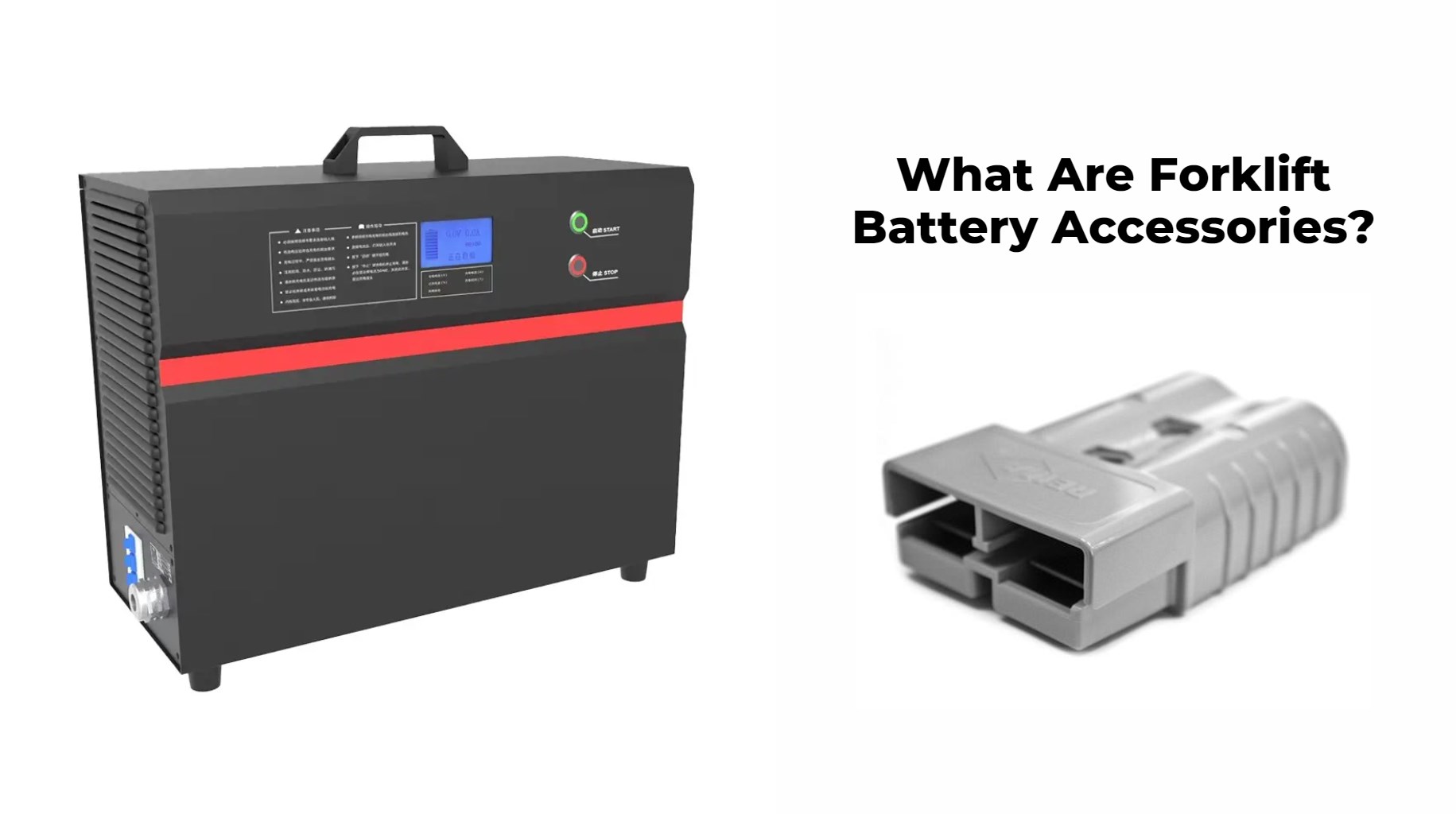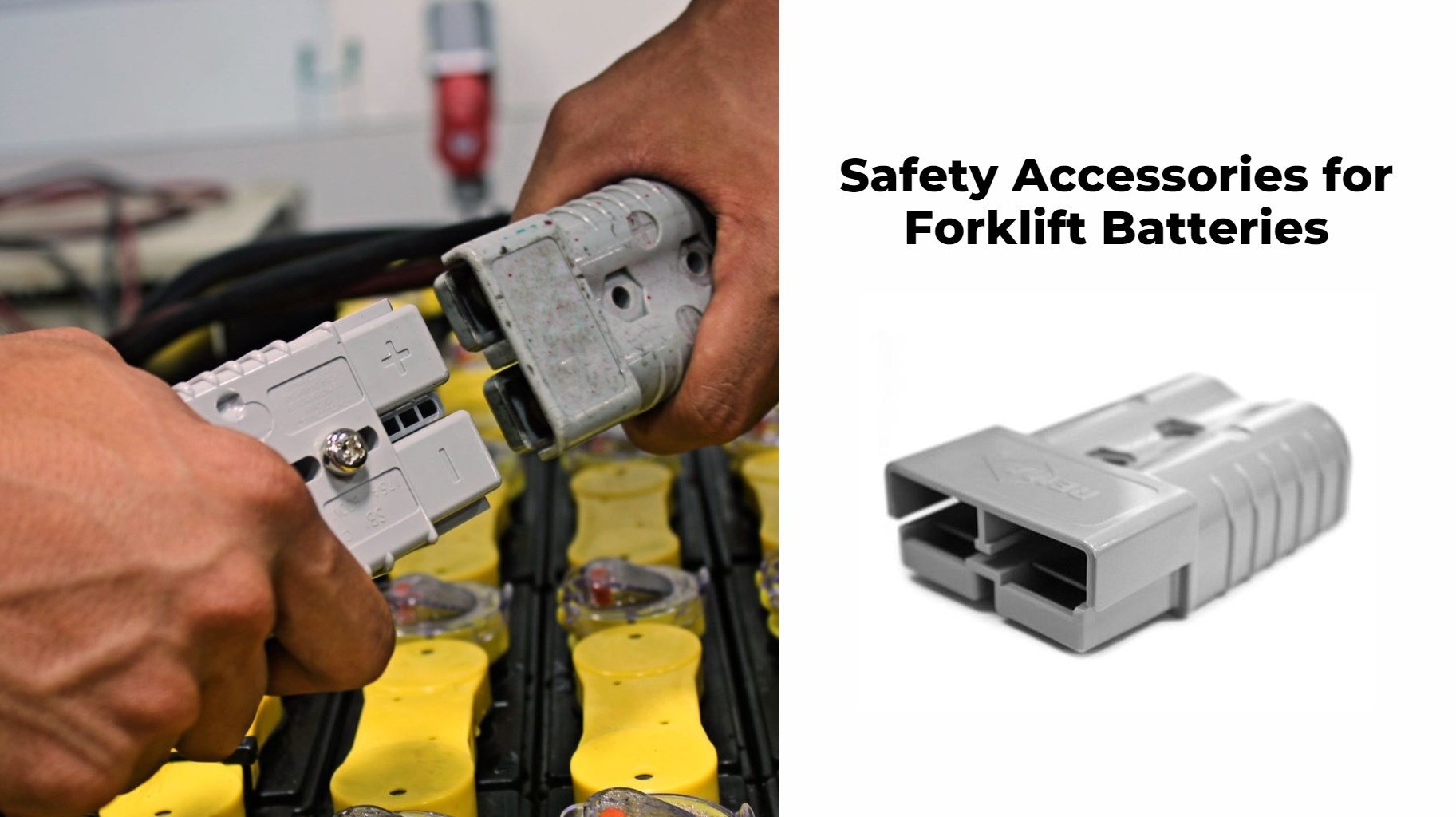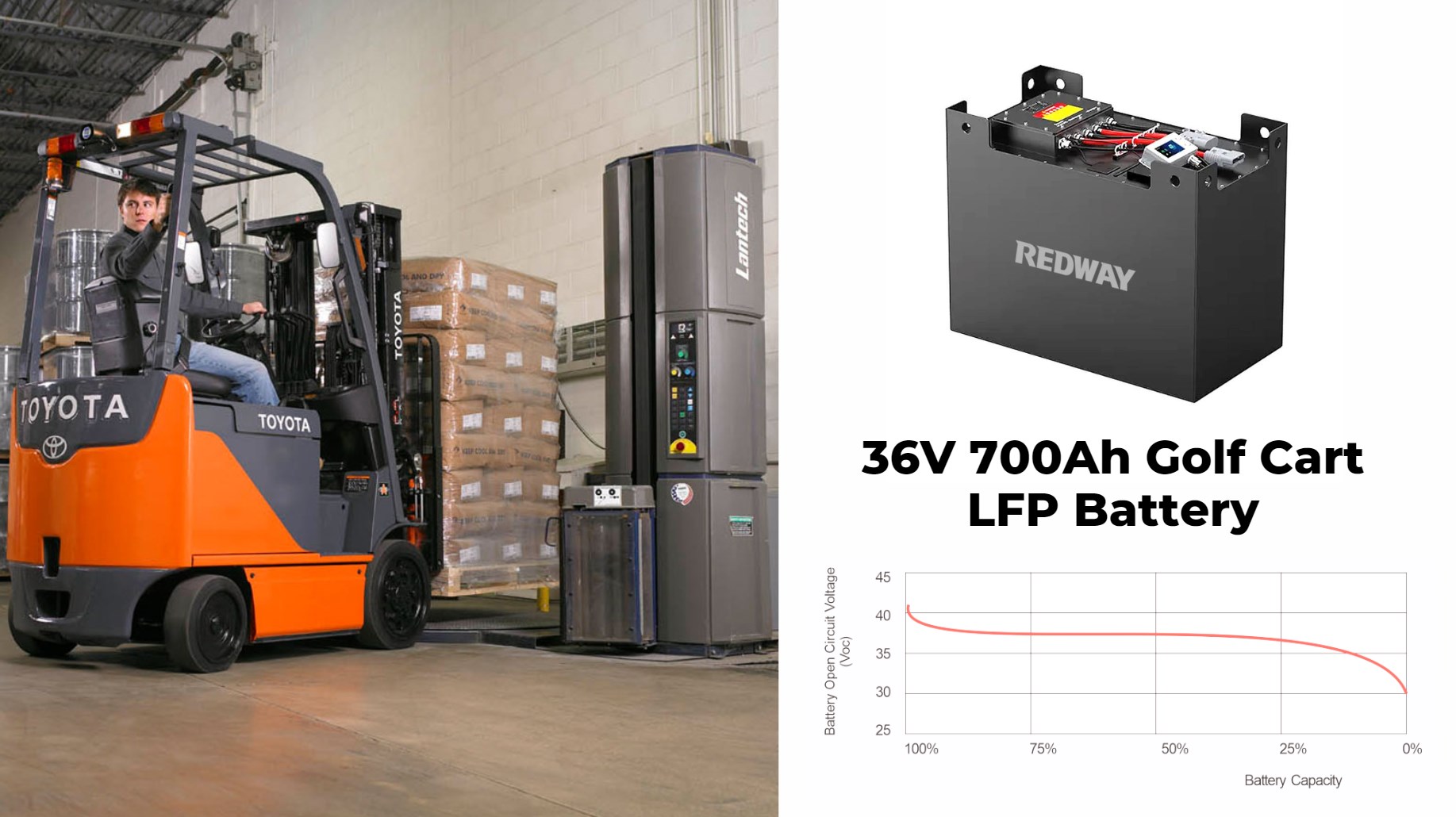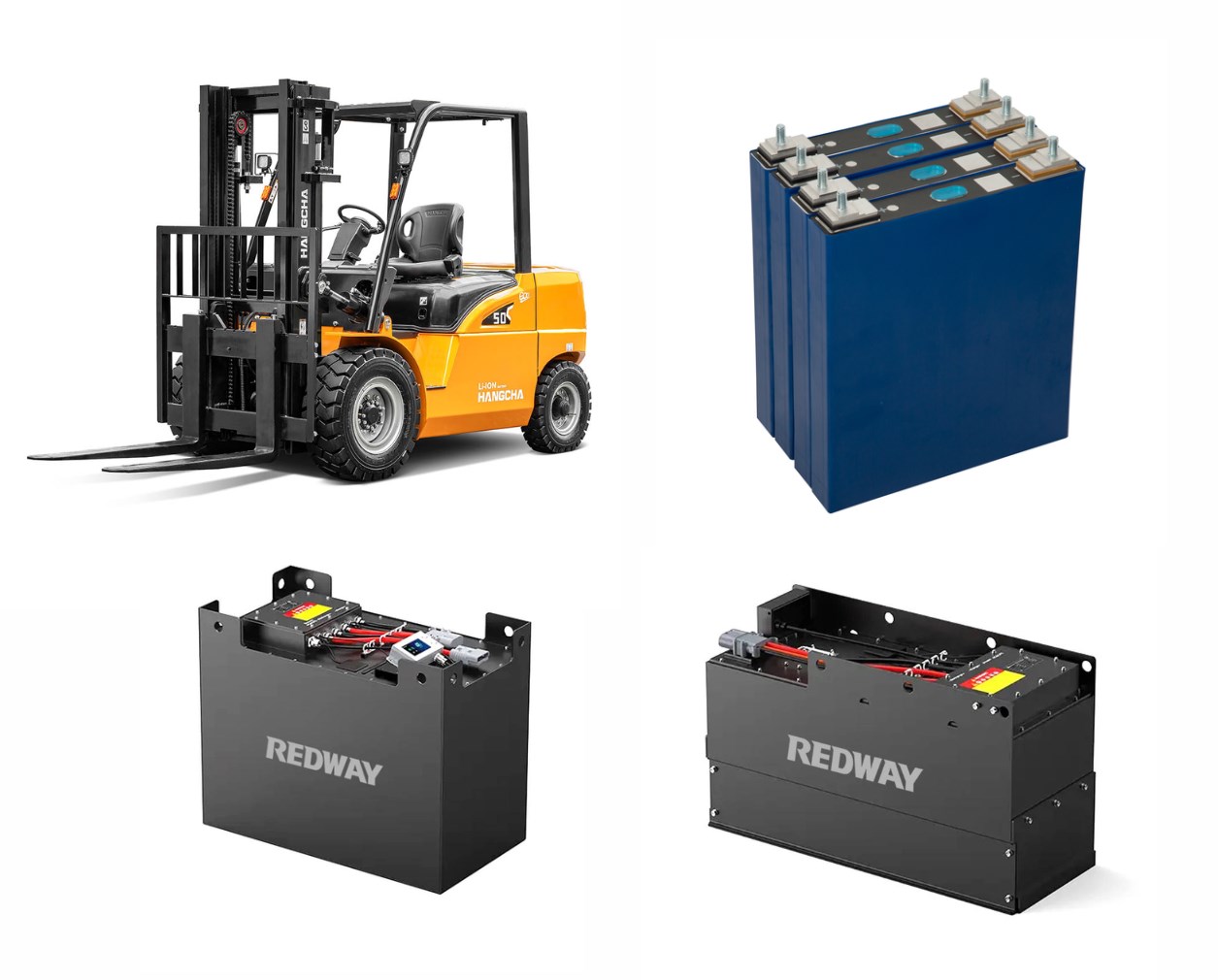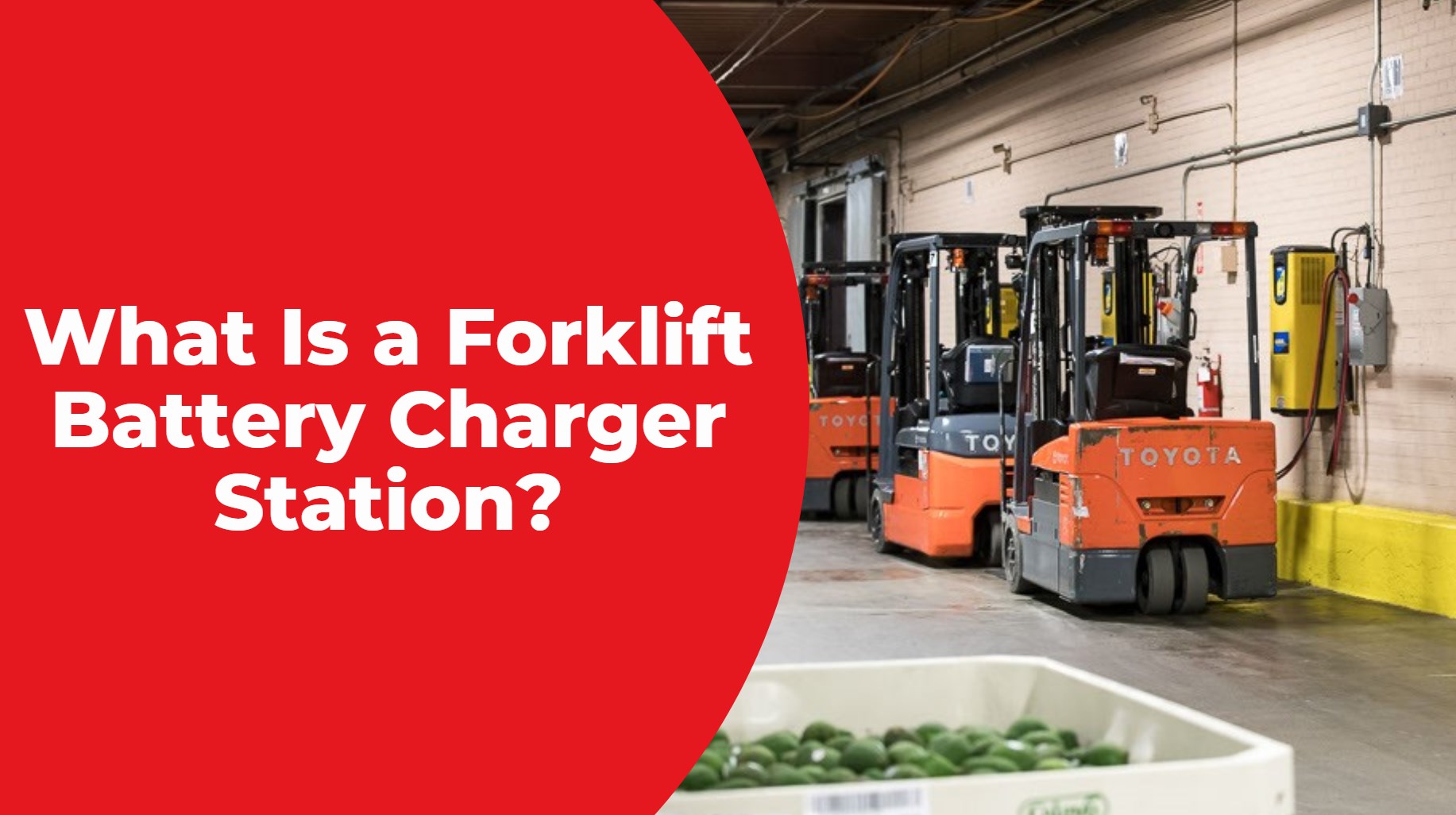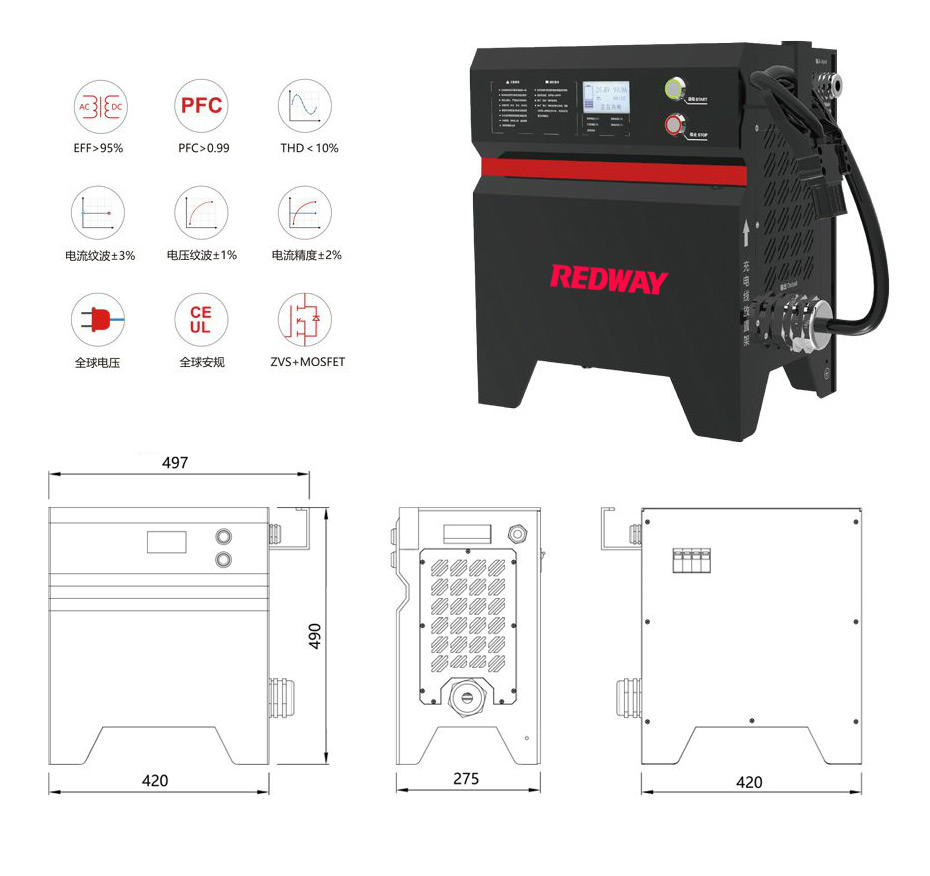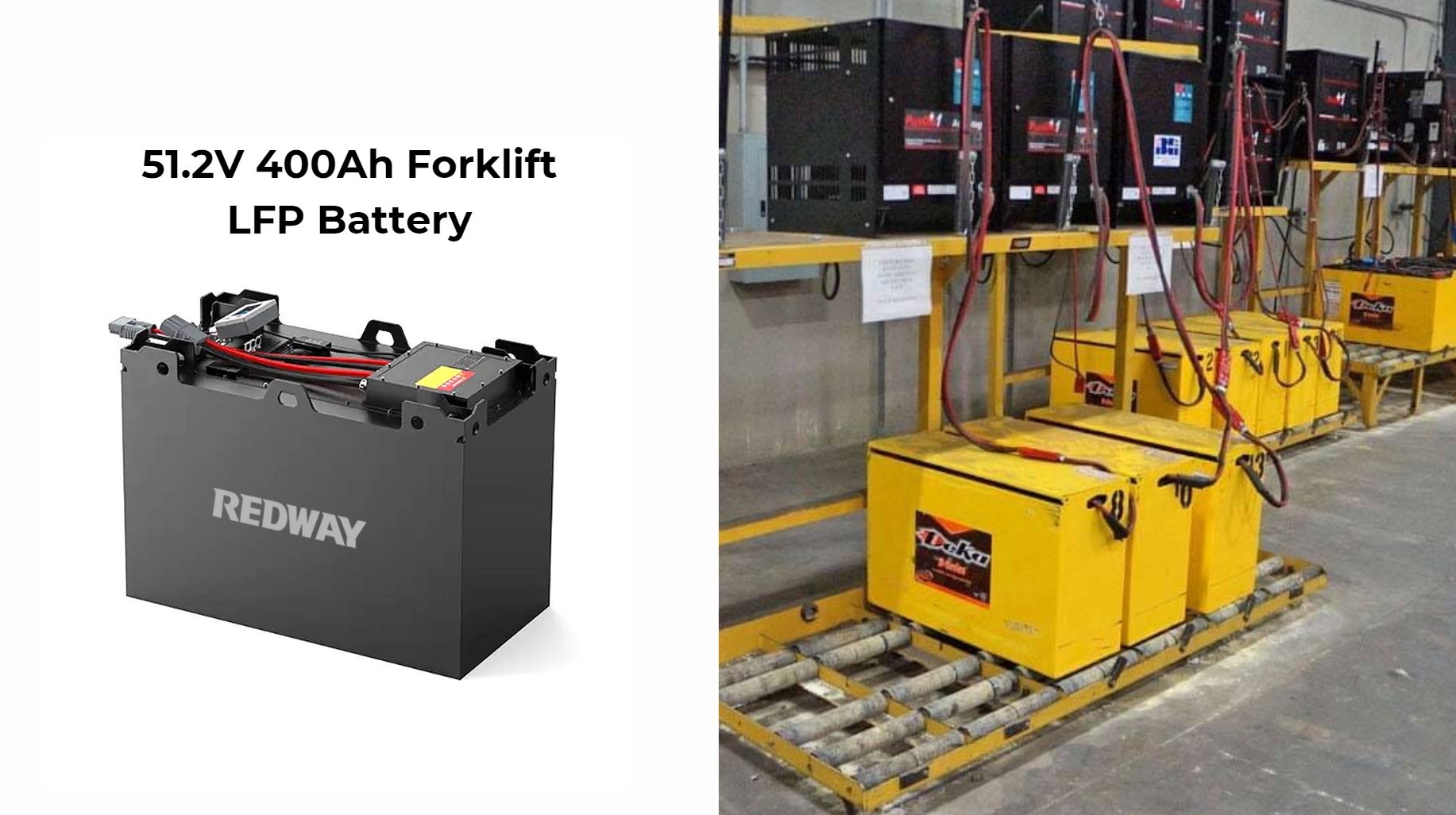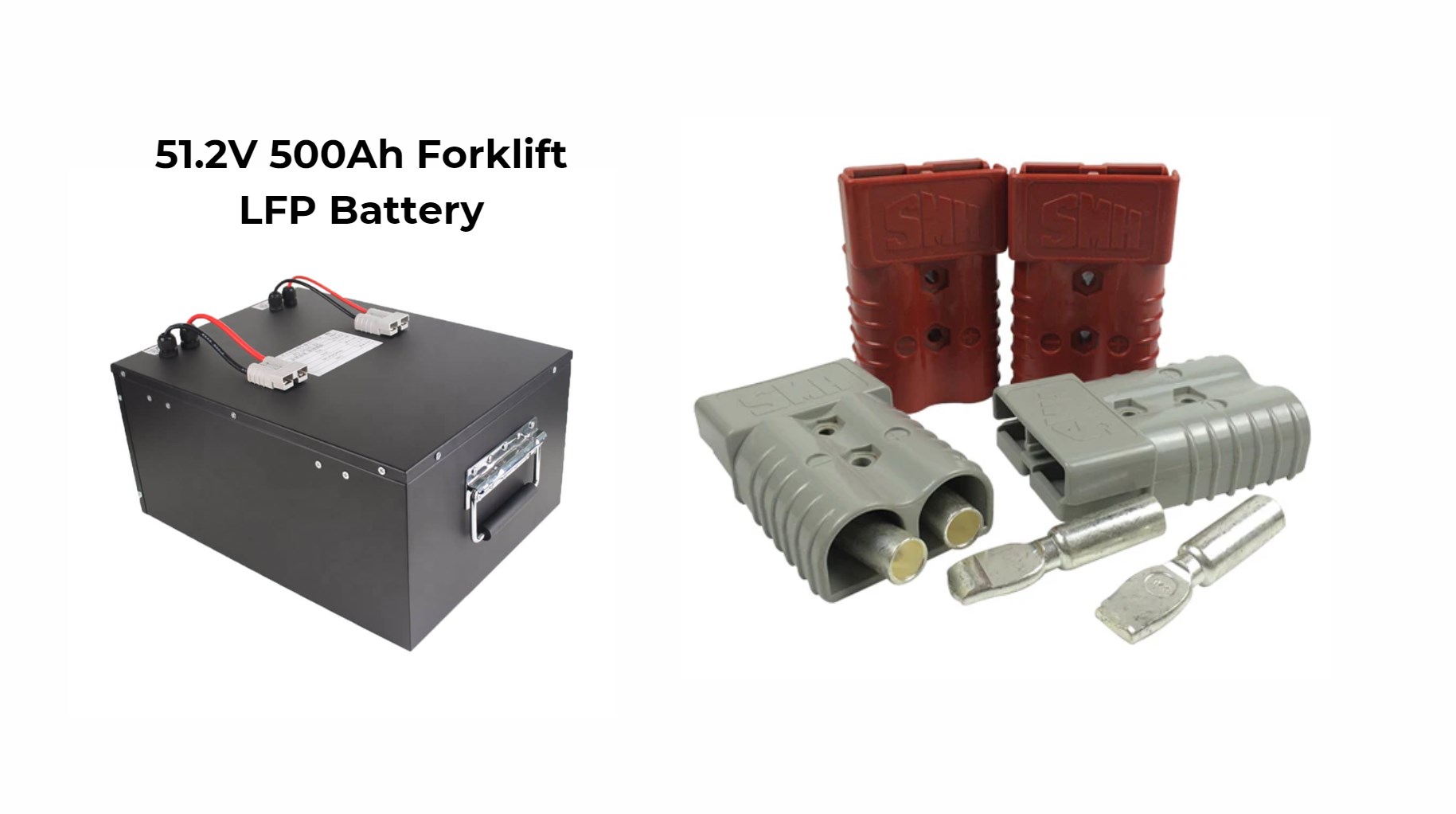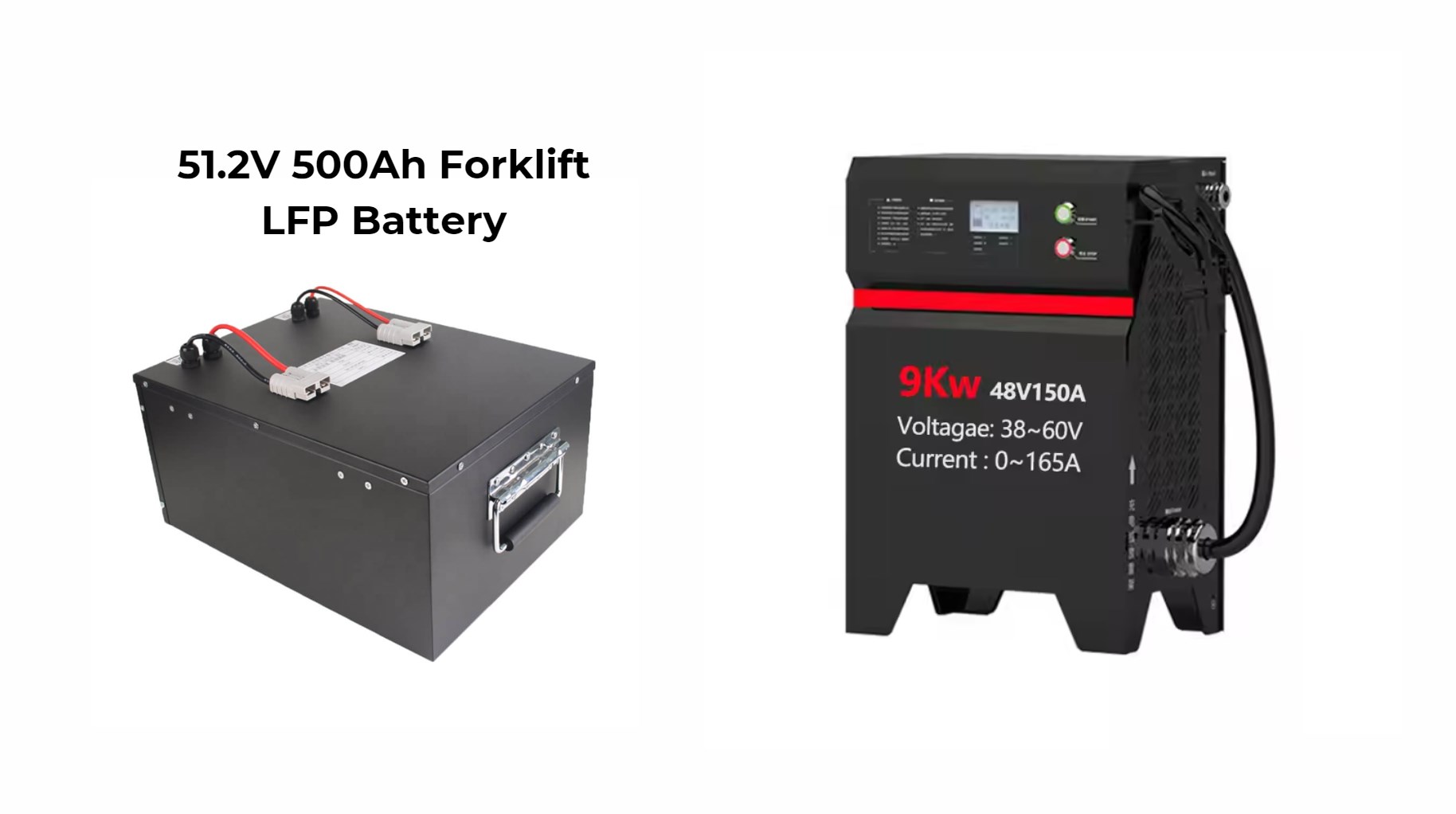How to Replace Electric Forklift Batteries Safely and Effectively
Replacing electric forklift batteries is a critical task that requires careful attention to detail and adherence to safety protocols. This guide outlines essential steps and precautions to ensure a successful battery replacement process, helping operators maintain optimal performance and safety.
To replace electric forklift batteries safely, turn off the forklift, wear protective gear, and use the right tools. Always check for signs of battery failure, like corrosion or slow charging, before starting. Dispose of old batteries properly and follow safety guidelines to ensure a smooth replacement process.
What Are the Signs That Indicate a Forklift Battery Needs Replacement?
Signs that a forklift battery needs replacement include slow charging, visible corrosion, unusual smells (like rotten eggs), and insufficient power. If the battery drains quickly or feels hot during use, these are also clear indicators that it may be time for a new battery.
Chart: Common Signs of a Failing Forklift Battery
| Sign | Description |
|---|---|
| Decreased Performance | Reduced lifting capacity or slower operation |
| Shortened Run Times | Inability to hold charge during typical shifts |
| Visible Corrosion | Rust or corrosion on terminals or connectors |
| Electrolyte Leaks | Spilled acid indicating potential failure |
What Safety Precautions Should Be Taken When Replacing a Forklift Battery?
When replacing a forklift battery, always wear protective gear such as gloves and goggles. Ensure the forklift is turned off and parked on a flat surface. Keep flammable materials away from the area and use insulated tools to avoid electrical shocks.
Know More:
How Can You Safely Replace Forklift Batteries?
How to Replace Electric Forklift Batteries Safely and Effectively?
How to Effectively Restore a Forklift Battery?
Where Can You Find Reliable Forklift Battery Repair Near Me?
What Tools Are Required for Replacing a Forklift Battery?
Essential tools for replacing a forklift battery include:
- Wrenches or socket sets for disconnecting cables
- A battery hoist or lift for safely removing heavy batteries
- Insulated gloves and safety goggles for protection
- A cart or dolly for transporting the battery.
How Do You Prepare the Forklift for Battery Replacement?
To prepare the forklift for battery replacement, turn it off and remove the key. Lock the parking brake and block the wheels to prevent movement. If possible, elevate the forks to relieve weight from the battery.
- Disconnect the negative cable first, then the positive.
- Use a battery hoist or lift to carefully remove the old battery.
- Make sure to follow all safety precautions during this process.
What Steps Are Involved in Removing the Old Battery Safely?
To install a new forklift battery, carefully lower it into place using a hoist. Connect the positive cable first, followed by the negative cable. Ensure all connections are secure before testing the forklift.
Chart: Steps for Safe Battery Removal
| Step | Action |
|---|---|
| Disconnect Negative Terminal | Loosen nut and remove cable |
| Disconnect Positive Terminal | Repeat process for positive terminal |
| Lift Out Old Battery | Use hoist/lift to safely remove |
How Do You Install the New Forklift Battery Correctly?
Installing a new forklift battery involves carefully placing it into its designated compartment, ensuring it is aligned properly with connectors accessible. Secure it with hold-down bolts before connecting terminals—attach positive first followed by negative.
What Testing Should Be Conducted After Installation of the New Battery?
After installing a new battery, test it by turning on the forklift and letting it idle for a few minutes. Check the voltage to ensure it’s within an optimal range and confirm that all functions are working properly.
What Should You Do with the Old Battery After Replacement?
After replacing the old battery, clean any corrosion from terminals and place it in a leak-proof container. Follow local regulations for disposal or recycling, as batteries contain harmful materials that must be handled properly.
How Often Should Forklift Batteries Be Inspected or Replaced?
Forklift batteries should be inspected regularly, ideally every few months. Depending on usage, they may need replacement every 1,500 charges or about five years. Keep an eye out for signs of wear to determine when replacement is necessary.
What Are the Environmental Considerations When Disposing of Forklift Batteries?
When disposing of forklift batteries, follow environmental regulations to prevent harmful chemicals from leaking into the environment. Many areas require that batteries be taken to recycling centers or hazardous waste facilities due to their toxic components.
How Can You Extend the Life of Your Forklift Battery?
To extend your forklift battery’s life, regularly check water levels (if applicable), avoid overcharging, keep terminals clean, and store it in a cool place when not in use. Proper maintenance can significantly improve its lifespan and performance.
Conclusion
Replacing electric forklift batteries is an essential maintenance task that requires careful planning and execution to ensure safety and efficiency. By following this comprehensive guide, operators can effectively manage battery replacements while minimizing risks associated with handling heavy machinery.
Expert Views
“Proper training in battery maintenance not only enhances safety but also prolongs equipment lifespan,” states an expert from Redway. “Understanding how to replace electric forklift batteries correctly is vital for any operation relying on these essential machines.”
FAQ Section
- What are common signs that indicate it’s time to replace my forklift battery?
Common signs include decreased performance, shorter run times, visible corrosion on terminals, and electrolyte leaks. - What tools do I need for replacing an electric forklift battery?
Essential tools include insulated wrenches, screwdrivers, a hoist or lift for heavy batteries, and personal protective equipment like gloves and goggles. - How often should I inspect my forklift batteries?
Forklift batteries should be inspected at least monthly; replacement may be necessary every 3-5 years depending on usage patterns.

